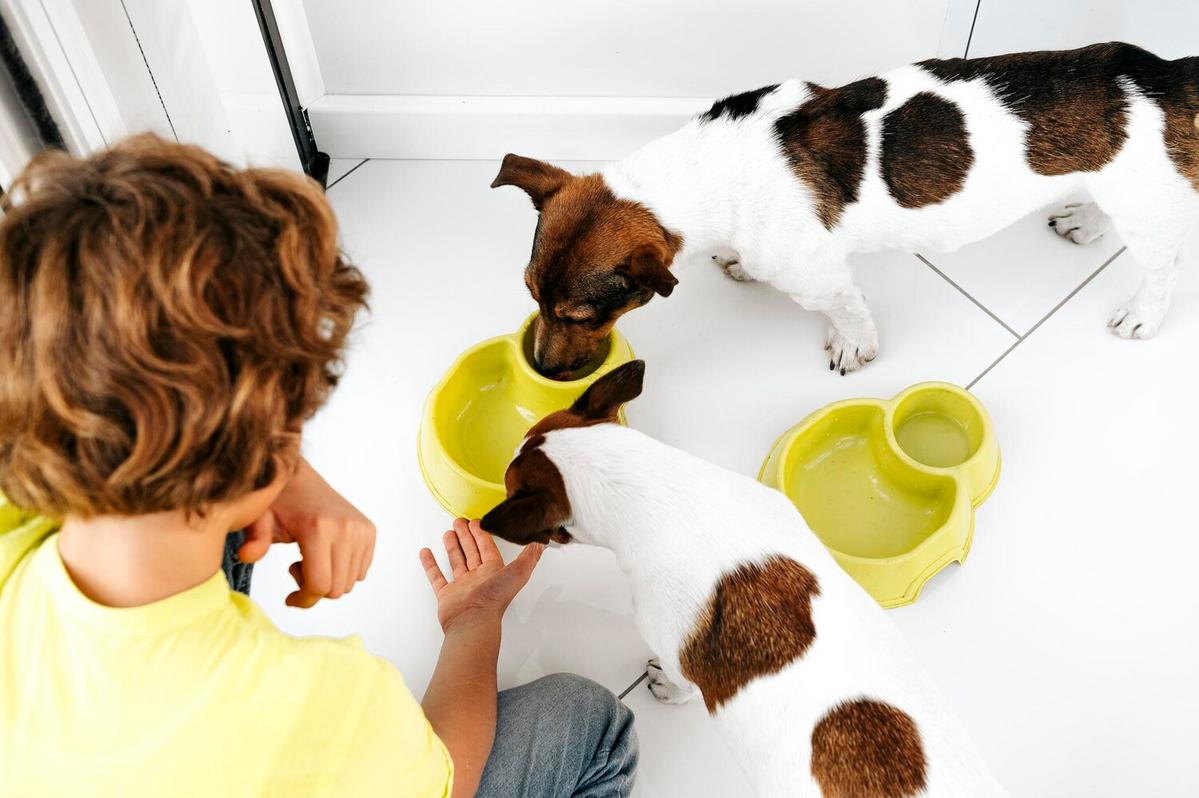Caring for a pet goes beyond just giving them love and attention; it involves understanding their nutritional needs at every life stage. As pets grow from playful puppies or kittens into mature companions, their dietary requirements evolve too. Ensuring they receive the right nutrients is key to their health and happiness.
Understanding how to meet your pet’s nutritional needs at every life stage begins with recognizing that, like us, their bodies change with age. It’s essential to adapt their diet accordingly to support these changes effectively.
Puppies and Kittens: Building Blocks for Growth
During the early stages of a pet’s life, nutrition is crucial for growth and development. Veterinarians often emphasize the importance of high-quality protein and fats to support rapid growth and energy needs. According to the American Veterinary Medical Association, puppies and kittens require twice the energy intake of adult animals. Providing a balanced diet with essential vitamins and minerals is vital.
Actionable Tips for Young Pets
- Choose a food specifically formulated for puppies or kittens as it contains the necessary nutrients.
- Feed smaller, more frequent meals to accommodate their smaller stomachs.
- Consult your veterinarian to tailor a diet plan that suits your pet’s specific breed and growth rate.
Adult Pets: Maintaining Health and Vitality
As pets reach adulthood, their nutritional focus shifts from growth to maintenance. The goal is to sustain a healthy weight and support overall well-being. Adult pets require balanced nutrition that includes adequate protein, fiber, and healthy fats. For instance, a well-regarded pet nutritionist, Dr. Julie Churchill, suggests that “maintaining a stable weight is crucial to prevent conditions like obesity and diabetes.”
Dietary Adjustments for Adults
- Monitor calorie intake to prevent obesity, especially in less active pets.
- Incorporate foods rich in antioxidants to support immune health.
- Provide fresh water at all times to encourage hydration.
Senior Pets: Supporting Aging Bodies
Senior pets often experience changes such as reduced metabolism and joint stiffness. Adjusting their diet to meet these new needs can help manage age-related issues. According to a study published by the Journal of Veterinary Internal Medicine, diets enriched with omega-3 fatty acids can significantly improve joint health in aging pets.
Nutrition Tips for Senior Pets
- Consider senior-specific pet foods that are lower in calories but higher in fiber.
- Add supplements like glucosamine and chondroitin for joint support.
- Regularly check in with your vet to adjust the diet as needed.
| Life Stage | Focus | Key Nutrients | Meal Frequency |
|---|---|---|---|
| Puppy/Kitten | Growth | High Protein, Fats | 3-4 times a day |
| Adult | Maintenance | Balanced Nutrition | 2 times a day |
| Senior | Support | Omega-3, Fiber | 2 times a day |
Challenges and Considerations
Each pet is unique, and factors such as breed, size, and health conditions can influence dietary needs. Consulting with a veterinarian ensures that your pet’s diet aligns with their specific requirements.
Conclusion: Caring Through Nutrition
Meeting your pet’s nutritional needs at every life stage is a rewarding aspect of pet ownership. By adapting their diet to their changing needs, you can help ensure a long, healthy, and happy life for your beloved pet. Stay informed, consult with professionals, and observe your pet’s response to dietary changes to make informed decisions.
Frequently Asked Questions
How often should I change my pet’s diet?
It’s not necessary to frequently change your pet’s diet unless recommended by a veterinarian. Consistency is key, but be open to adjustments as your pet ages or if their health needs change.
What should I do if my pet has dietary restrictions?
Consult with your veterinarian to develop a specialized diet plan that meets your pet’s nutritional needs while avoiding allergens or intolerances.
How can I tell if my pet’s diet is working?
Signs of a healthy diet include a shiny coat, steady weight, regular bowel movements, and high energy levels. Monitor these indicators and consult your vet if you notice changes.

Leave a Reply